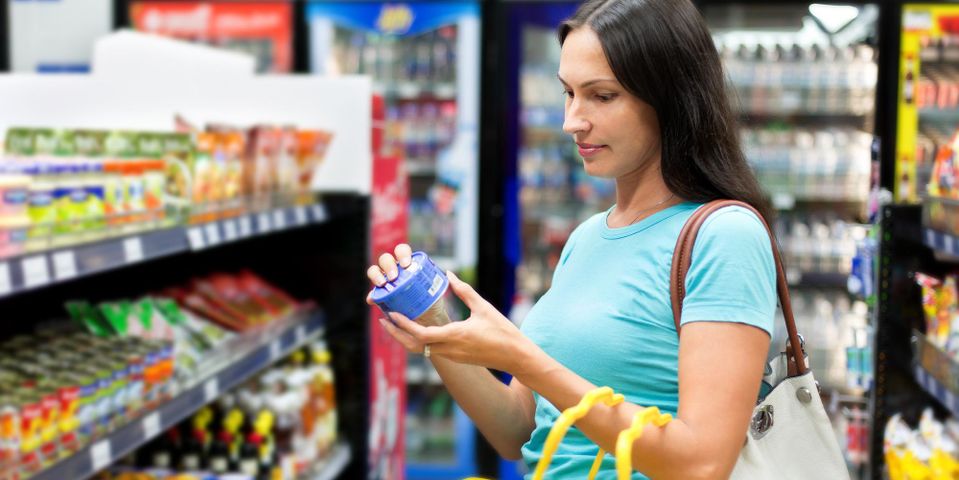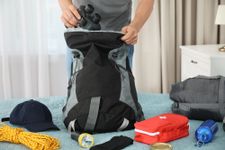How to Put Together an Emergency Supply Kit

Being prepared for an emergency gives you the confidence to handle whatever situation may arise. That’s why so many people choose to assemble an emergency supply kit. These bundles are often stored at home and supplemented at a secondary location. Here’s a closer look at what you should keep nearby and in storage to ensure you’re always prepared.
What to Include in an Emergency Kit
If a natural disaster strikes, your home may lose power and create the need for alternative solutions. Keep multiple flashlights along with backup batteries in the kit. Combine these with candles and matches to help you navigate at night until the power comes back on. Losing power also means you won’t be able to charge your electronic devices, so keep a hand-crank or battery-powered radio in the kit, so you can receive important updates on the situation.
It’s also helpful to have a first-aid kit handy. This should include different sizes of sterile gauze pads, antiseptic wipes, antibiotic ointment, adhesive tape, adhesive bandages in various sizes, and a first-aid manual.
In case the water supply is shut off, keep bottled water in the kit along with a water filtering device to ensure you always have safe, potable water to drink. Keep a supply of non-perishable food items that won’t go bad if the power goes out. This includes canned meats and fruits, peanut butter and jellies, rice, canned soups, and granola bars. Keep a manual can opener in the kit to provide easy access to canned goods. Finally, it’s good to have a stock of cash in the kit so that you won’t have to worry about accessing an ATM right away.
What to Keep Nearby vs. in Storage
 It may not be feasible to keep all emergency items in the home because there simply isn’t enough room. Instead, it’s better to keep some nearby and put others into a local storage unit. This has the added benefit of spreading your supply into a backup location.
It may not be feasible to keep all emergency items in the home because there simply isn’t enough room. Instead, it’s better to keep some nearby and put others into a local storage unit. This has the added benefit of spreading your supply into a backup location.
In the home, you should keep enough food and water to get through at least three days. Keep the first-aid kit, flashlights, and one set of replacement batteries on hand as well.
Keep larger items and reserve supplies off-site, including stockpiles of food and water, extra batteries, and toilet paper. To save room in your home, store backup clothes like large coats, industrial boots, and face masks off-site. This is also where you should house camping supplies, such as tents, sleeping bags, and up-to-date maps.
Get the space you need for all your emergency supplies at Stronghold Self-Storage. Located in Cincinnati, OH, this local facility has units in a variety of sizes and offers convenient access, so you can find the perfect solution for your family’s needs. Call (513) 752-7772 to ask about their free truck rentals or visit their website for more information.
About the Business
Have a question? Ask the experts!
Send your question

